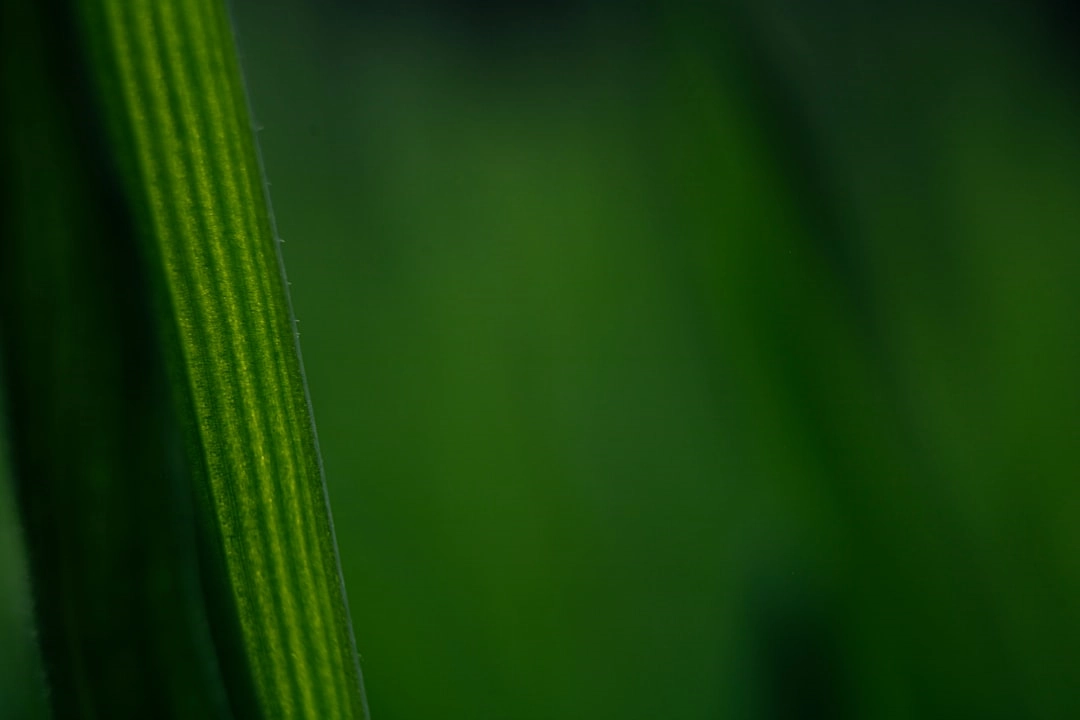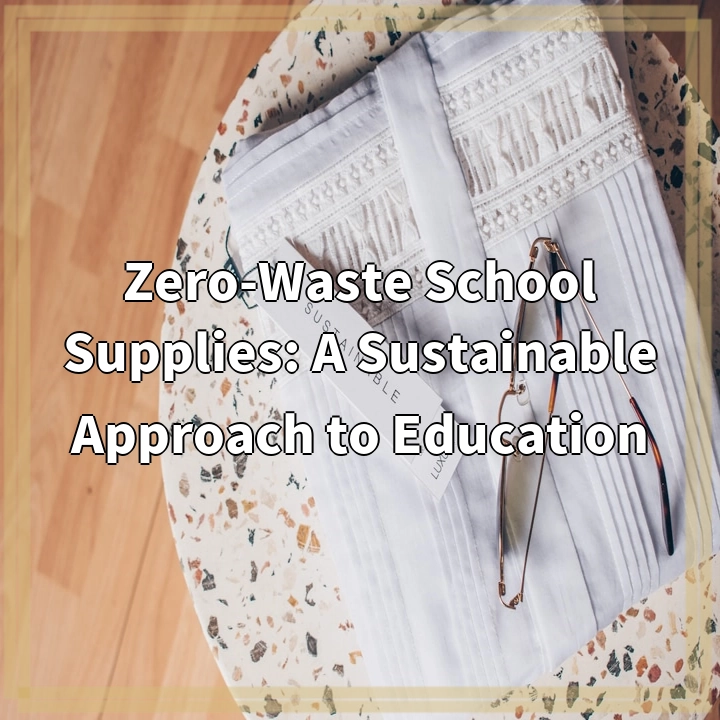
What it is:
Green initiatives in dance production refer to the practices and strategies adopted by choreographers, companies, and production teams to reduce their environmental impact. As the performing arts continue to evolve, there is an increasing awareness of the need for sustainability in every aspect of dance production, from the materials used in costumes and sets to the energy consumed during performances. These initiatives aim to create a more eco-friendly framework that conserves resources, reduces waste, and promotes environmental consciousness.
Key Components of Green Initiatives
Green initiatives in dance production can include several important components:
- Sustainable Materials: Utilizing eco-friendly fabrics and biodegradable materials for costumes and set design.
- Energy Efficiency: Implementing energy-efficient lighting and sound equipment to minimize energy consumption.
- Waste Reduction: Reducing, reusing, and recycling materials in production design, as well as minimizing single-use items.
- Transportation Solutions: Encouraging carpooling and using public transportation for touring companies to lower emissions.
- Community Engagement: Involving local communities in sustainability efforts, fostering awareness and education about environmental issues.
Real-World Problems
Despite the growing movement towards sustainability in dance production, significant real-world problems persist in achieving these goals.
Environmental Impact
One of the major challenges in the performing arts is the significant environmental impact from traditional practices. For example, the use of materials that are not sustainably sourced can lead to deforestation and pollution. The production of sets and costumes often generates considerable waste, with many items ending up in landfills.
Financial Constraints
Many dance companies, particularly smaller or independent ones, often face financial constraints that make adopting green initiatives seem difficult. Sustainable materials and energy-efficient equipment can be more expensive upfront, posing a barrier for organizations working with limited budgets.
Awareness and Education
There is still a lack of awareness and knowledge regarding sustainable practices within the dance community. Many choreographers and production teams may not know how to implement green initiatives effectively, or they may not understand the potential benefits—both environmentally and economically—of doing so. This gap in education can hinder the movement towards more sustainable practices.
Cultural Resistance
Finally, there can be resistance to change within the tradition-driven performing arts sector. Some practitioners may view green initiatives as unnecessary or may fear that they could compromise artistic expression. Bridging the gap between traditional practices and sustainable innovation remains a key challenge for the dance community.

Solutions for Green Initiatives in Dance Production
To effectively implement green initiatives in dance production and address the identified challenges, several solutions can be proposed. These solutions aim to enhance sustainability while promoting awareness and engagement within the dance community.
Adopting Sustainable Practices
Prioritizing the use of sustainable materials is essential. Dance companies should source eco-friendly fabrics, utilize recycled materials, and consider biodegradable options for costumes and sets. This approach not only reduces environmental impact but can also inspire creativity among artists.
Investing in Energy Efficiency
Transitioning to energy-efficient lighting and sound equipment can significantly reduce energy consumption during productions. Dance companies should explore grants or funding opportunities that support investment in energy-efficient technology, making the switch financially feasible.
Implementing Waste Reduction Strategies
Developing waste management plans that emphasize reducing, reusing, and recycling can help minimize landfill contributions. Production teams can organize material exchanges or collaborate with other companies to share resources, making it easier to adopt greener practices.
Educating and Engaging the Community
Dance organizations should invest time in educating their teams about sustainable practices and the importance of sustainability in the arts. Workshops, seminars, and collaboration with environmental organizations can raise awareness and foster a culture of sustainability among dancers and production staff.
Cultivating a Positive Attitude Towards Change
Encouraging a cultural shift within the dance community requires strong leadership and a shared vision for sustainability. Leaders should communicate the benefits of green initiatives, demonstrating that sustainability can coexist with artistic integrity and innovation. Highlighting successful case studies can serve as motivation for others to initiate change.















